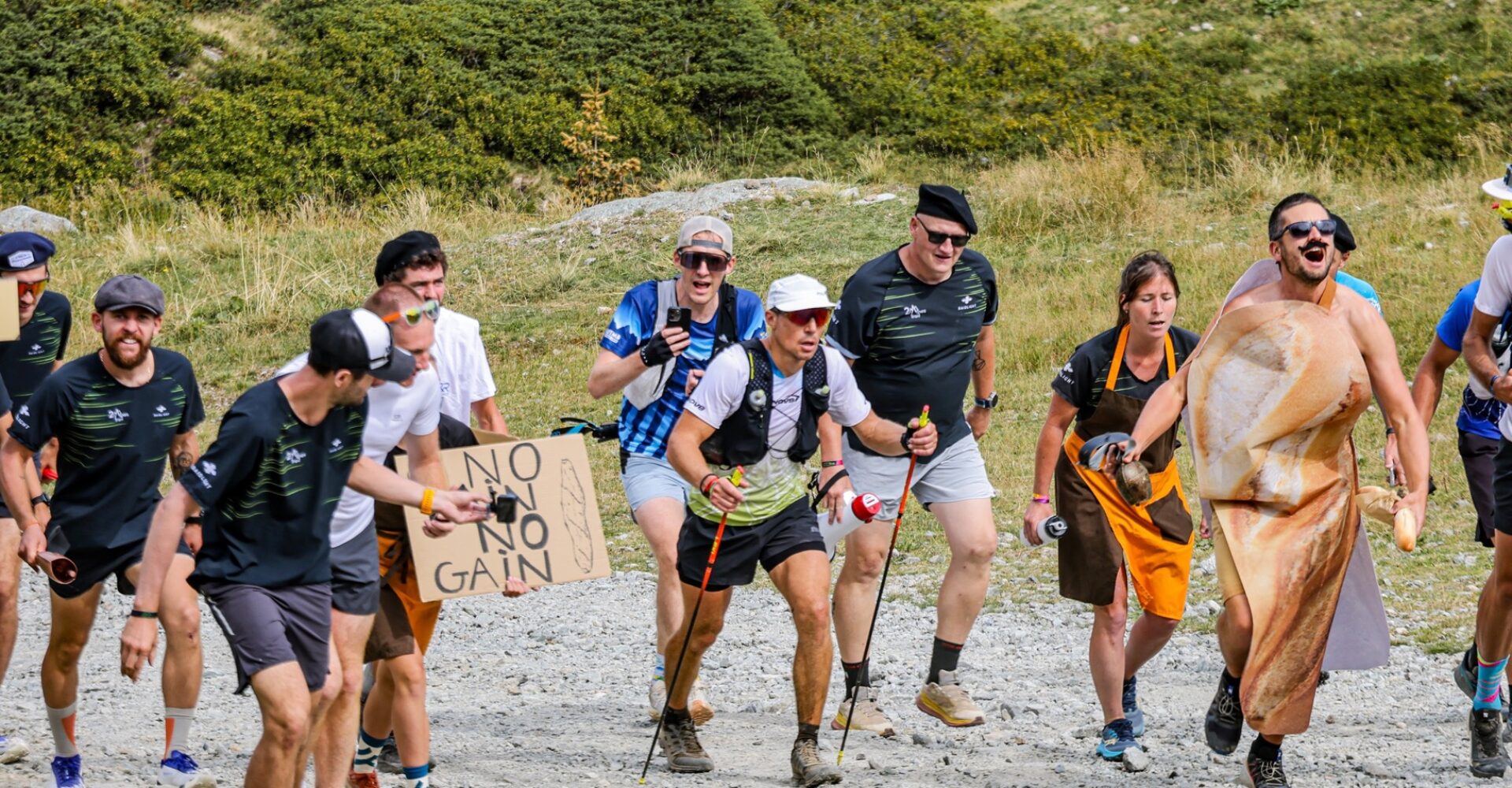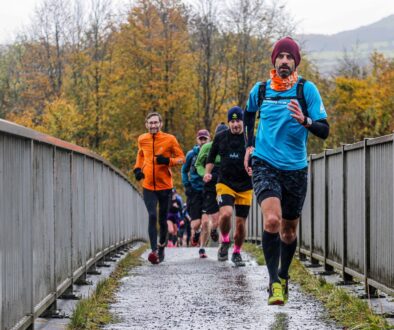Welcome to the ultimate guide to crewing and supporting a runner through an event. Here we provide you with top tips to help you best look after them and yourself.
1 – Be self sufficient
Your runner has enough to deal with in the lead up to a big race so don’t add to the stress! Most information is available publicly for support crews without bothering the runner. Take this stress away from them.
2 – Adhere to the rules
If the support guide says only support at certain aid stations, don’t try and hand your runner something/take something off them, away from these areas. Similarly, be aware what you can and can’t give them/take away in an aid station. Don’t take their mandatory kit just because they are near the end and may not use it. Does the support crew bag need to be a certain size? Don’t cost them a disqualification or penalty! What’s the opposite of helping?!
3 – Hurry up and wait
Get to each of the aid stations as early as you can as missing a runner at a planned support can really put them off their game. Just because it shouldn’t take more than 10 minutes to drive, don’t leave it until 10 minutes before your runner comes in before setting off. There are factors outside your control, queues, parking, waiting for the supporter’s bus, your runner speeding up etc. It will be both be stressful for you and your runner if you miss them. If you know you will miss them drop them a message, so they can anticipate this.
4 – Don’t expect much sleep!
Accept that if you are crewing for a very long event, as support crew you won’t be getting much sleep yourself. Prepare for this as much as possible in advance, maybe a travel pillow for catching a few winks on the bus, or perhaps a litre of coffee.
5 – Be adaptable
Whilst your runner will have time predictions, only base your plans loosely on these. Be prepared to adapt. Many race’s live trackers have predicted timings which can be helpful. However, don’t hassle your runner while they are racing, at this point they are just about able to focus on running and won’t be able to recalculate their timings.
6 – Look after yourself
You can’t look after your runner if you can’t look after yourself. Have your own supply of food, drink, money (cash), a head torch (if any chance of overnight) suitable clothing for all weathers, including if it gets dark and cold, something to read/occupy you, a power bank, and this is before you even think of their supplies. Some aid stations have areas where supporters can buy food, but don’t rely on these.
7 – Motivation plan
Have the discussion in advance with your runner as to what they want from you both physically and emotionally in an aid station. Do they want to know their placings/timings vs predictions/where other runners are? Do they want a softly softly approach of just kindness, or do they want you to not give them an easy out. The best-intentioned support crew can ruin a race if they ‘encourage’ in the wrong way. Be positive and tell them how proud you are.
8 – Speed is of the essence
Think of the aid station as an Formula 1 pitstop. Lay out everything that’s feasible in advance to make it as easy as possible for your runner to grab anything they need. As soon as they arrive at the aid station, make yourself obvious. If they normally eat sweet foods, don’t be surprised if they have a hankering for savoury, so don’t have it at the bottom of your bag. As soon as they come in, grab their rubbish, their water bottles (you can go and fill these, or bring a large bottle of your own that you can use to fill up), and ask what food they want to go into their pack. Your runner just needs to focus on refuelling themselves while you take on the rest. If they may need a headtorch before the next checkpoint, get it out the bag for them and put it on their head, or in an easy access pocket. Look at their bag with them in advance so you know where they store things. Do a quick final check before they go, go, go!
9 – Wet Wipes and cable ties…
Also tape, safety pins and scissors. Don’t underestimate how useful these are for you and your runner. For a runner who is covered in sweat, dirt, gel leakage, blood from a fall, a quick wipe works miracles. When they have left the aid station, you will probably find that you are also now covered in sweat, dirt, gel leakage and blood from their fall, so will also benefit! So many kit disasters can at least be somewhat short term neutralised by just having some cable ties, tape, safety pins and scissors. BUT make sure any fixes wouldn’t contravene the rules.
10 – Have the knowledge
The further into an ultra, the more frazzled their brain is likely to be, and simple data becomes impossible to calculate. Have on hand the information such as distance to next checkpoint, how much ascent/descent, and notable features such as towns passed through for the next section of the route.
11 – Know the rules of the aid station
Do the aid stations allow children inside, are dogs allowed inside? If not, plan for it. Whilst seeing extended family (including 4 legged) and friends on the course can be amazing, the aid stations are not always the best place for this support. But other supporters are often super friendly, so if you are on your own its worth just asking is someone minds helping you out for a few minutes while you attend to your runner, or ask the aid station crew in advance how best to handle your situation.
12 – Be Loud!
There is nothing better than hearing your name cheered for, or cowbell rung. Support loudly and proudly!
Written by Karin Voller



